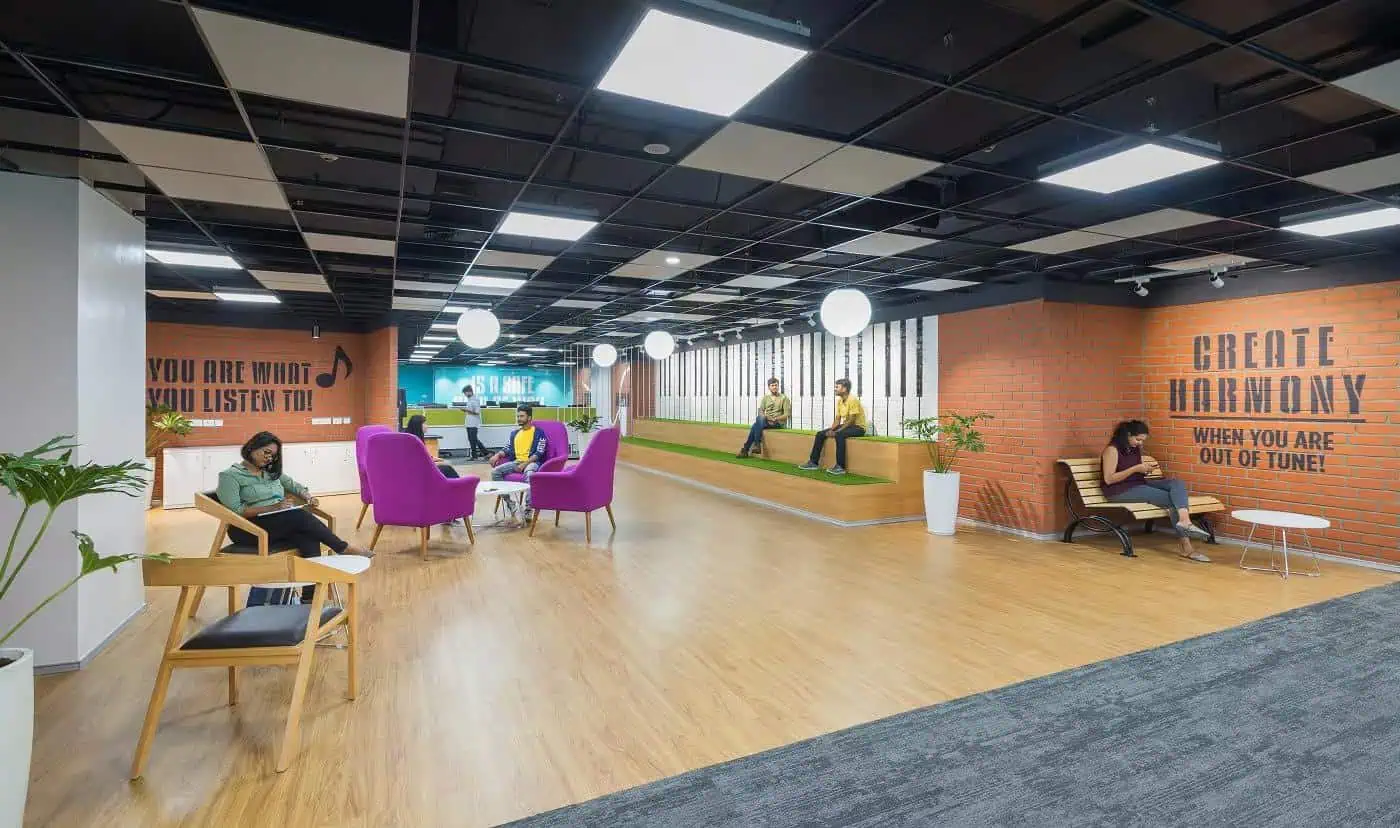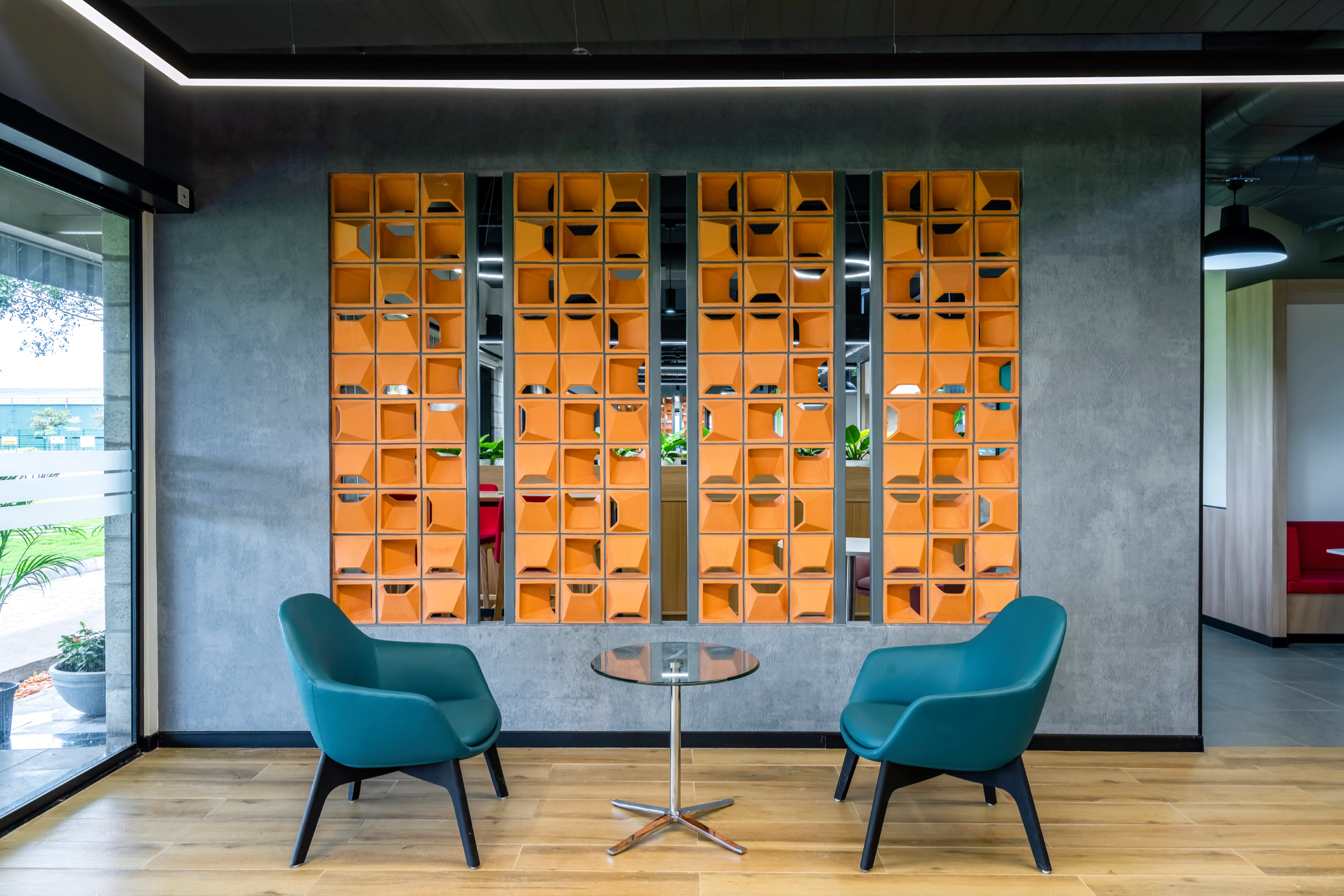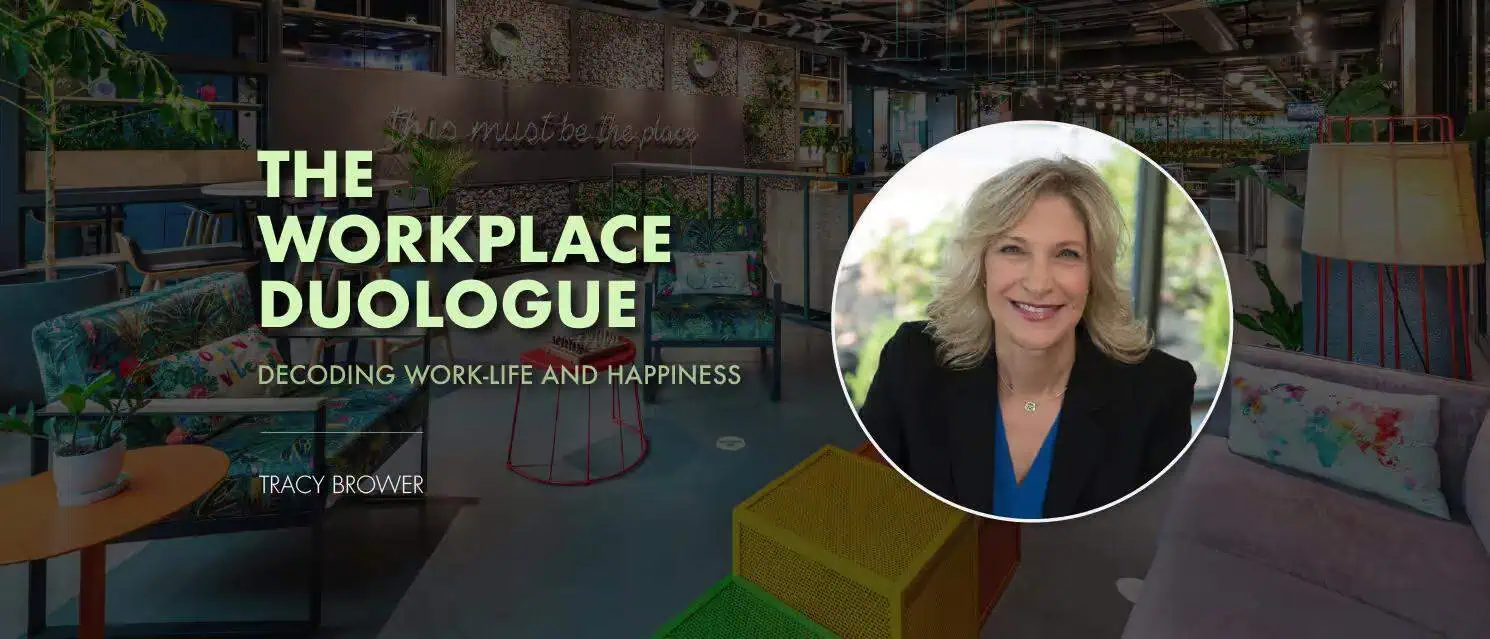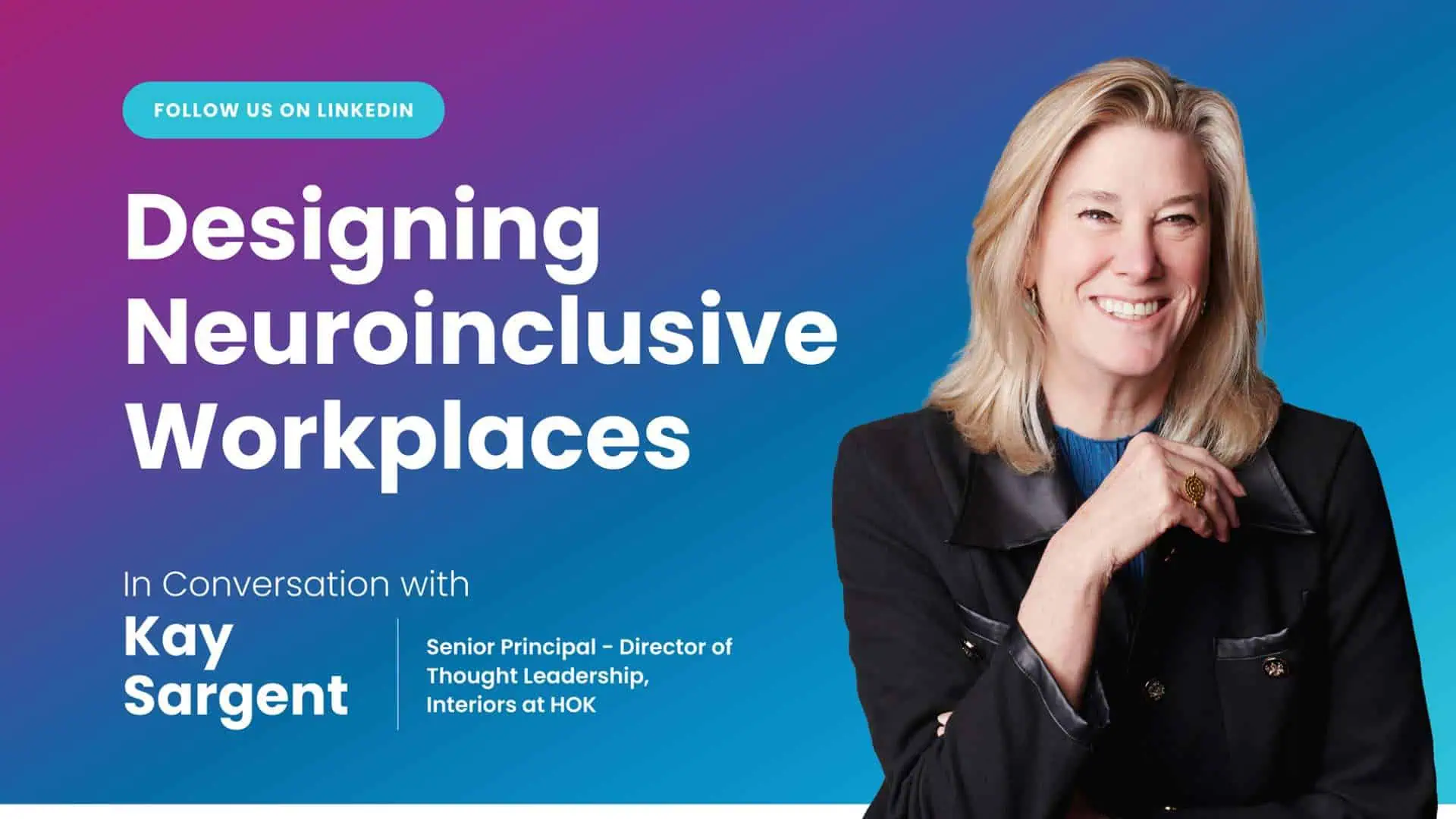Firstly, tell us what exactly is All-Inclusive-Design?
Architects need to design for human experience. Everything that each of us do is in a space, in a building, in a form of built environment. An all-inclusive design is such a user-friendly design approach that embraces every type of person.
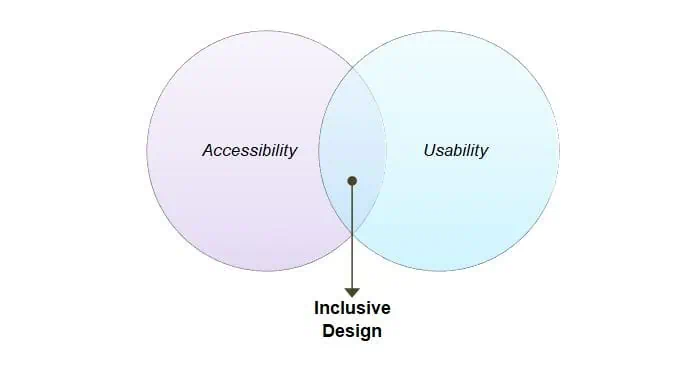
Has this aspect of architecture been underestimated? If yes, why?
The values of this strategy have been completely undermined. The end-result of many of the current design approaches either completely leave out, or ignore a large portion of people. Such a space has failed from the word get-go. A major factor could be, and this is a supposition from me, that spaces are designed with a singular purpose of accommodating several people than for a variety of people. And we all know people come in different shapes, forms, sizes, and backgrounds.
How does workplace design fare with its approach towards inclusivity?
There is an obvious attempt towards making commercial design all-inclusive.Innovation in inclusive workplace design comes from addressing limitations that each one of us feels at a given point of time. ‘One design-does-not-fit-all’ is the maxim that was born out of this attempt. Holistic usability comes from a diverse set of working styles and spaces dotted around the specified space.
How does inclusive architecture help employers?
Inclusive design is a viable business approach. When inclusive design is made a central focus, it improves the human experience of the space. An organization that is diverse and inclusive very often has high acquisition rate and human talent retention – factors that are essential to an upward growth in any given period.
Can we use inclusivity as a design vehicle for improving user-experience? If yes, how?
Persons with disabilities, although a marginalized section of the population, very often tend to design spaces and products that aid them in their daily life. And these are designed in conjecture with other like-minded people. But in most instances, these products can be used by everyone. And this is a continuous process with several iterations and updates happening with a focus on improving end-user experience.
How do you think current/emerging architects should incorporate conscious inclusivity in their design solutions?
Keeping the end-user in the loop should be made a general rule-of-thumb. A diverse set of working styles does not mean diverse features. Often, a multi-feature product/design would have hampering controls which are ironically not inclusive. Having a set of inclusive design criteria helps in targeting a relevant population and concludes on design that reduces the level of ability.
A quote: The human population is diverse, and it only stands to reason that any product or space that is designed caters to them, in every form or size or shape. Being inclusive-via design and principles- through accessible and human-centered design, attracts real talent and results in universal design that is comfortable to the maximum of the population. And that is not such a bad place to end up.
Aparna Anirudhan
Head of Research Zyeta

